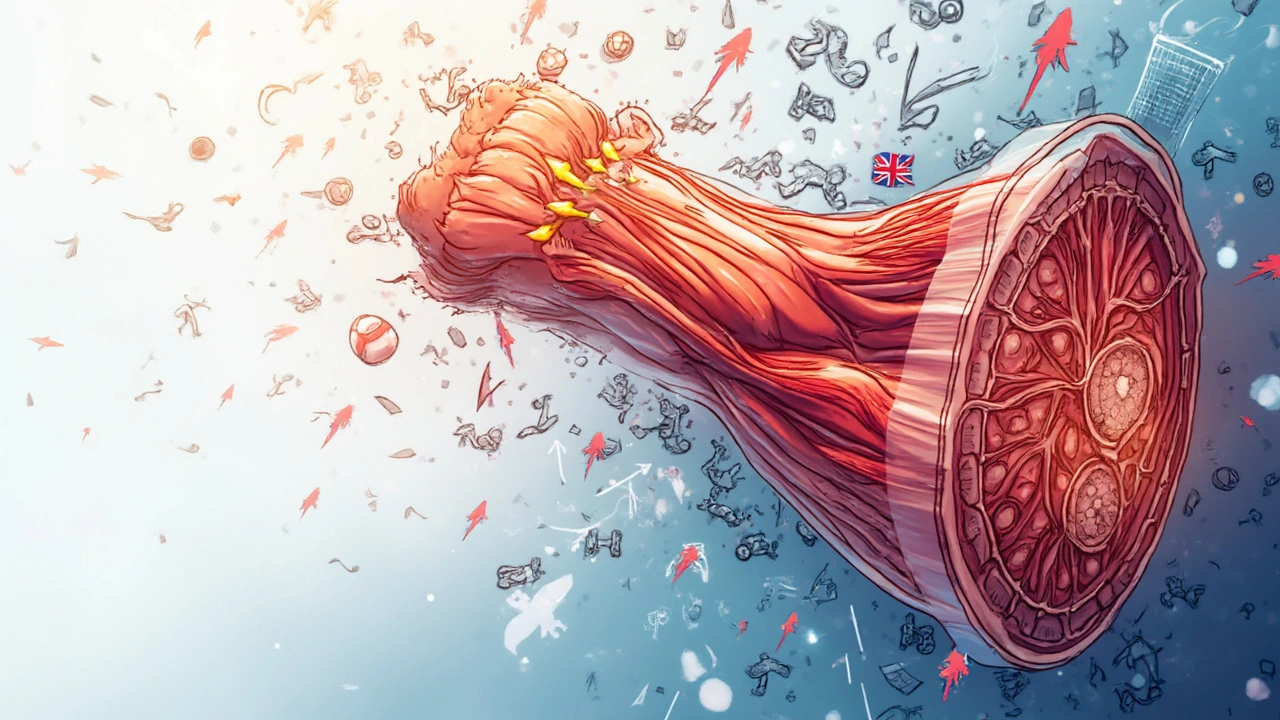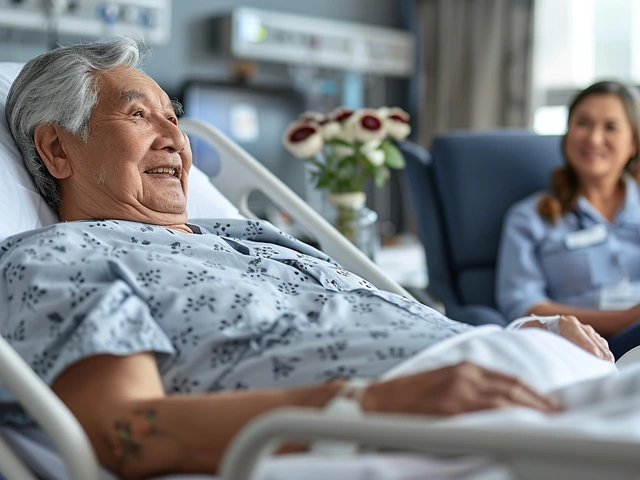March 2025 — Practical Massage & Wellness Tips for Dogs
Want clear, usable ways to help your dog move better, feel calmer, and recover faster? This March we shared eight hands-on articles about massage methods, myofascial release, diet, hydration, and aromatherapy — aimed at pet owners and pros who want real results without fluff.
Myofascial release isn’t just a fancy phrase. It’s gentle pressure and slow stretches that ease the connective tissue around muscles. For dogs, start with 1–3 minutes of steady, light pressure over a tight spot. Watch your dog’s body language: relaxed breathing and soft eyes mean you’re on the right track. Stop if they pull away or yelp.
Creole Bamboo Massage shows how simple tools can add consistent pressure and help circulation. Use smooth, rounded bamboo sticks and test pressure on your own skin first. Keep sessions short for dogs — 5–10 minutes per area — and avoid bony spots or raw skin. Bamboo is great for broad muscle groups like shoulders and thighs.
We covered two medical massage pieces this month. Medical massage focuses on specific problems: scar tissue, stiffness, or chronic pain. If your vet prescribes massage, ask for a treatment goal (reduce limping, increase hip rotation) and a timeline. A few targeted sessions with clear goals work better than random full-body rubs.
Sports massage is for active dogs. Use it to reduce tightness after training or long walks. Gentle effleurage (long strokes toward the heart) helps flush out metabolic waste, while light kneading loosens muscles. Incorporate a 3–5 minute cool-down massage after intense activity to speed recovery and lower injury risk.
Aromatherapy can lift mood and calm a stressed dog, but safety matters. Stick to low concentrations and vet-approved options. Lavender is commonly used in tiny amounts for calming effects, but always test a small exposure first and avoid direct skin contact. Never use essential oils around puppies, pregnant dogs, or dogs with respiratory problems without vet approval.
Diet and hydration got practical guides too. Food quality affects energy, joint health, and skin. Look for named protein sources, healthy fats, and minimal fillers. For hydration: refresh water often, offer shallow bowls for seniors, and add water to kibble to boost intake. Even small changes here show up in energy and coat condition within weeks.
Quick takeaways
Short sessions beat long ones: 5–10 minutes of focused work is more effective and better tolerated by most dogs.
Test tools and oils on yourself first, then move slowly when introducing them to your dog.
Pair massage with diet and hydration changes — they reinforce each other and speed results.
How to use these tips this week
Day 1: Check water bowls, refresh water twice daily, add a splash to morning kibble. Day 2: Do a 5-minute effleurage after a walk. Day 3: Try 1–3 minutes of gentle myofascial pressure on a tight muscle. Day 4: Test a tiny lavender scent in the room and watch your dog’s reaction. Day 5: Review your dog’s food label and note one change to improve protein or fat quality.
These March posts are short, practical steps you can try now. If you’re unsure about a technique or your dog has health issues, check with your vet or a certified canine massage therapist before starting.

Unseen Benefits of Myofascial Release: What You Need to Know
Dive into the world of myofascial release therapy and uncover its surprising benefits. This therapy isn't just about muscle relaxation; it addresses fascia, the intricate network beneath our skin, offering relief from chronic pain and improved mobility. Learn the science, get practical tips, and discover how regularly releasing fascia can enhance your daily life without needing fancy equipment or techniques.

Discover the Power of a Healthy Diet
A healthy diet can transform your life in surprising ways. By focusing on nutrient-rich foods, balancing macronutrients, and staying hydrated, you can boost your energy levels and improve mental clarity. It's not just about eating less junk—it's about choosing the right foods that work for your body. With practical tips and a few small changes, you can invigorate your lifestyle and health.

Creole Bamboo Massage: A Fresh Path to Body Healing
Discover the wonders of Creole Bamboo Massage, a unique blend of ancient techniques and renewable bamboo tools, offering a rejuvenating body healing experience. This innovative approach improves circulation, reduces stress, and aligns with sustainable practices. Ideal for those seeking holistic wellness, this massage therapy uses carefully selected bamboo sticks for their energy-channeling abilities. Dive into the world of Creole Bamboo Massage to explore its benefits, techniques, and how it stands out in the sphere of healing massages.

Boost Your Mood with These Aromatherapy Tips
Aromatherapy can offer a natural boost to your mood using the power of essential oils. This alternative therapy utilizes the concentrated extracts from plants to enhance wellbeing, balance emotions, and reduce stress. Learn how to choose the right scents for your needs, incorporate them into your daily routine, and discover unexpected benefits. It's about using a blend of science and self-care to uplift your spirits and improve your mental health.

The Power of Touch: Unlocking the Benefits of Medical Massage
Medical massage is more than just a luxury; it's a therapeutic tool for improving health and well-being. Delving into how massages can alleviate pain, reduce stress, and boost circulation offers insights into its growing popularity. With professional techniques and targeted approaches, medical massage provides tangible benefits for various ailments. Discover practical tips and surprising facts about how this simple act of touch can transform one's health.

Unlocking Workout Success with Sports Massage Techniques
Sports massage is more than just a luxury for athletes; it's a powerful tool for anyone looking to maximize their workout results. By reducing muscle tension, improving circulation, and speeding up recovery, sports massage can enhance performance and prevent injuries. This article explores the benefits of sports massage, offers practical tips for incorporating it into your routine, and highlights how it can lead to more effective workouts.

Medical Massage: A Holistic Approach to Well-Being
Medical massage is a therapeutic approach that goes beyond relaxation, often tailored to specific health needs. It’s known for its potential to alleviate pain, reduce stress, and enhance the body's natural healing processes. Unlike regular massages, medical massages are often prescribed by doctors and address physical issues such as chronic pain. Understanding how medical massage fits into a holistic health approach can help in achieving overall well-being.

Health Benefits of Drinking Water: Essential for More Than Just Quenching Thirst
Drinking water does more than just quench thirst; it's vital for overall health and wellbeing. This article explores the surprising roles water plays in bodily functions, including weight management, cognitive performance, and skin health. We'll also share practical tips to make sure you're adequately hydrating throughout the day. Discover why water is crucial for maintaining energy and reducing health risks. Learn how to easily boost your hydration habits for a healthier lifestyle.

Healthy Diet: Boost Your Immunity Naturally
Feb, 7 2025

The Art and Benefits of Palliative Massage Therapy
May, 21 2024


